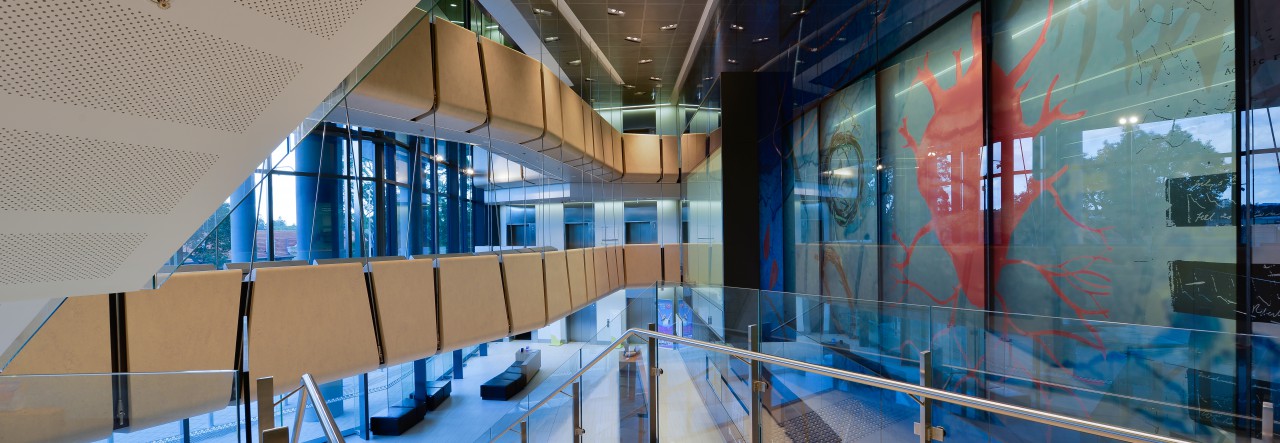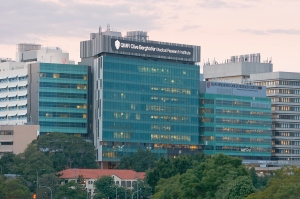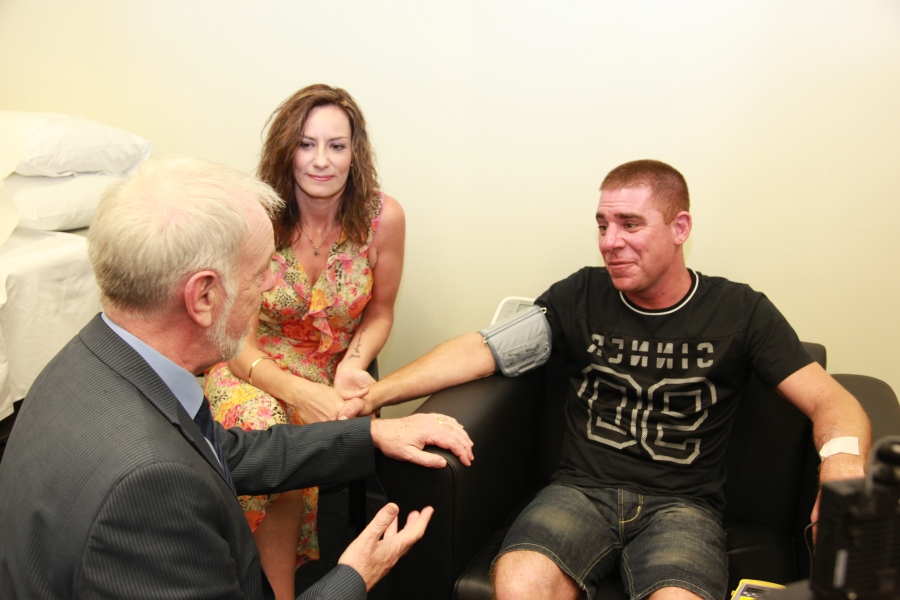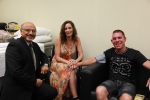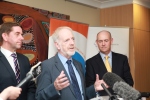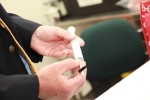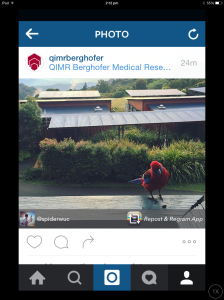Today was very much an Indian day. It started with a breakfast meeting with the Australia India Business Council, followed by a meeting with the High Commissioner to India, and will end with discussions with the Senior Vice President for Research and Development of Biocon India.
Dr Narendra Chirmule has recently joined Biocon after many years in the United States and brought to the breakfast discussions interesting insights on the future of the biological industries. He pointed to the differences between biologics and small molecules that have been the traditional therapeutic drugs from the pharmaceutical industry. The biologicals are more complex to manufacture and to maintain their consistent composition and therefore need to have a different thought process for acceptance in the clinic. Specifically he suggested that increasingly the clinical trials that are involved for Biologics will have to adapt to the ongoing outcome of the trial rather than have fixed endpoints. In this way the information that is obtained in a Phase I trial can be used to modulate the endpoint which would be most beneficial for the treatment of patients. The manufacturing processes for biologics also are complex and therefore there will have to be greater flexibility in manufacturing than had traditionally been the case for small molecules.
The technical details behind this are still being worked out but it is not a simple matter to scale a process and have a similar outcome at the end. The side effects of biologics are generally less dramatic than those of small molecules but they are still responsible for about one third of the compounds that fail on their way to the clinic. Having greater knowledge and being able to predict these perhaps even on an individual basis will be important. This will give rise to much more involvement of companion diagnostics such that the products are targeted to the right individuals. The growth in this area seems to me to be inevitable and the manner in which it happens, either within the Biologicals producing companies or in parallel with it will be interesting to watch. Finally because of the manufacturing complexities and the more delicate nature of biologics they will have to have a number of smaller manufacturing units worldwide and hence a global structuring of this industry in the future.
The stress by Biocon on affordable medicines was another aspect that is instructive and the future of Biosimilars will be fascinating to watch particularly in light of the complexities of maintaining a defined product in this particular area.
The visits by our Indian colleagues are another reminder of the great potential that is India and elsewhere in South East Asia and that are of direct relevance to research and industry prospects in Australia. It also pointed to opportunities arising from the recent trade agreements. As Australia has very efficient regulatory processes and very high quality standards it could benefit by becoming a new manufacturing location for biologicals. The overview from Biocon also reminded me of the various steps that have been taken to date; Small chemical molecules have been the start of the pharma industry. Next were some biologicals that corrected deficiencies in patients (insulin or growth hormone for example) that grew from biotech companies initially. The current growth area is in molecules (biologicals) that can indirectly influence disease outcome by modulating or stimulating the immune response and in parallel with these there are a number of examples where cell therapy is being used either by modifying cells or by stimulating them before injection to the patient.
QIMR Berghofer is very active in delivering understanding, clinical trials and solutions to these later developments. Exciting times are ahead!
